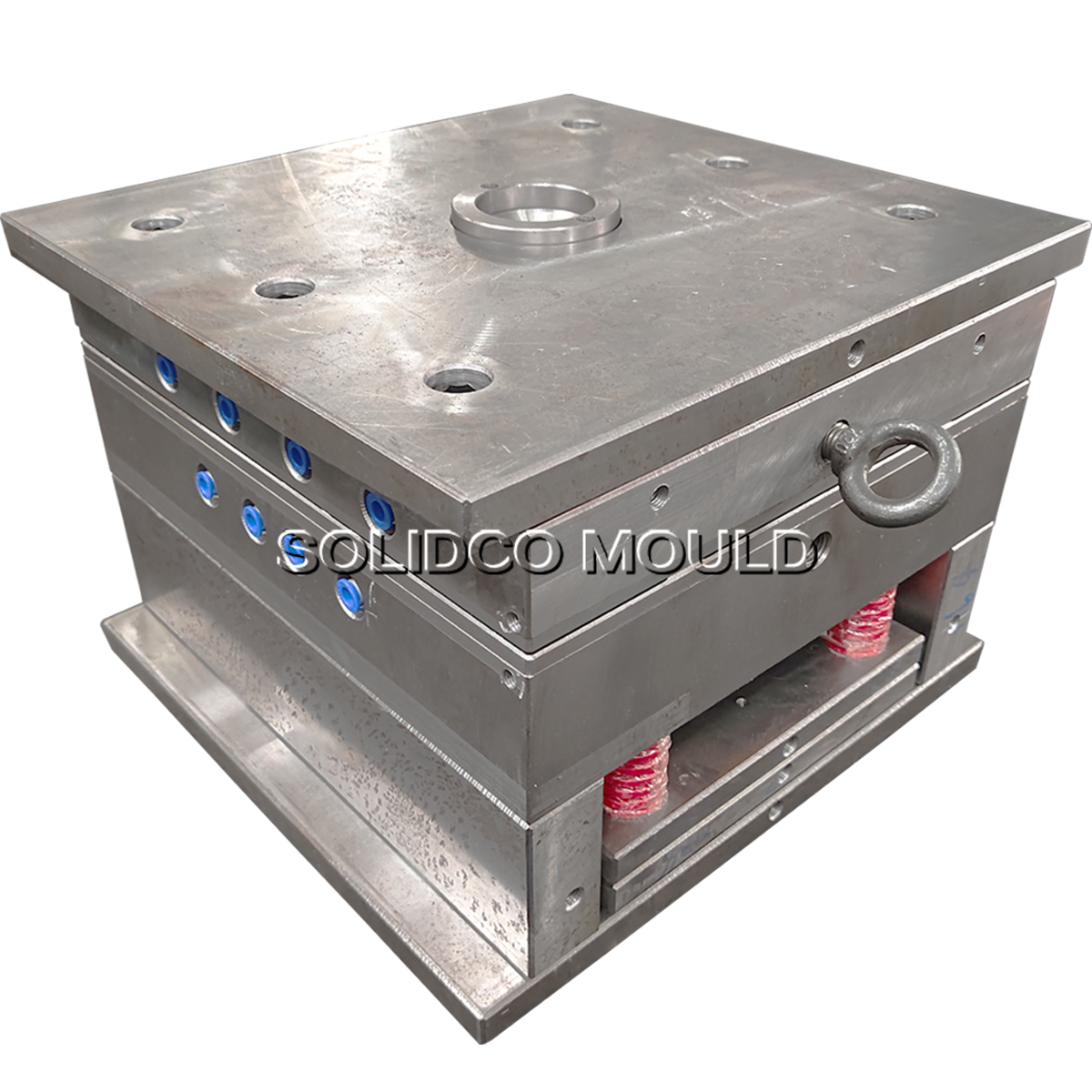
Injection molded parts dents are caused by shrinkage depressions caused by the cooling and hardening of the plastic, and mainly appear in thick wall positions, ribs, housings, the back of nut inserts, etc.
Equipment
Insufficient material supply
The screw or plunger is severely worn, and the melt leaks during injection and pressure holding, reducing the mold filling pressure and material volume, resulting in insufficient melt.
The nozzle hole is too large or too small
If it is too small, it is easy to block the feed channel. If it is too large, the injection force will be small, making it difficult to fill the mold.
Mold
(1) The gate is too small or the flow channel is too narrow or too shallow, the flow channel efficiency is low, the resistance is large, and the molten material cools prematurely
The gate should not be too large, otherwise the shear rate will be lost, the viscosity of the material will be high, and the product will not be full. The gate should be opened in the thick wall part of the product.
The necessary cold material well with sufficient capacity in the flow channel can be opened to exclude the cold material from entering the cavity so that the filling can continue.
The gate length of the point gate and needle gate must be controlled below 1mm, otherwise the plastic will solidify quickly at the gate, affecting the pressure transmission;
if necessary, the number of point gates or the gate position can be increased to meet actual needs; when the flow channel is long and thick, an exhaust groove should be set at the edge of the flow channel to reduce the air blocking effect on the material flow.
(2) For multi-gate molds, the filling speed of each gate should be adjusted, and it is best to open the gate symmetrically.
(3) Cooling water channels should be effectively set at the key parts of the mold to ensure that the cooling of the mold has a good effect on eliminating or reducing shrinkage.
(4) The entire mold should be free of burrs and have reliable mold sealing, and be able to withstand high-pressure, high-speed, low-viscosity melt filling.
Process
(1) Increase injection pressure, holding pressure, and extend injection time.
For plastics with high fluidity, high pressure will produce flash and cause collapse. The material temperature should be appropriately lowered, and the temperature of the front section of the barrel and the nozzle should be lowered to reduce the volume change of the molten material entering the cavity and facilitate cold solidification.
For high-viscosity plastics, the barrel temperature should be increased to facilitate mold filling. When shrinkage occurs in the gate area, the holding time should be extended.
(2) Increasing the injection speed can more easily fill the part and eliminate most of the shrinkage.
(3) For thin-walled parts, the mold temperature should be increased to ensure smooth material flow; for thick-walled parts, the mold temperature should be reduced to accelerate the curing and shaping of the surface.
(4) Prolonging the cooling residence time of the part in the mold, maintaining a uniform production cycle, increasing the back pressure, and retaining a certain buffer pad at the front section of the screw are all conducive to reducing shrinkage.
(5) Low-precision products should be removed from the mold as soon as possible and allowed to cool slowly in air or hot water, which can make the shrinkage depression smooth without affecting use.
Raw materials
If the raw materials are too soft, it is easy to sink. The effective method is to add nucleating agents to the plastic to accelerate crystallization.
Product design
The product design should make the wall thickness uniform and try to avoid changes in wall thickness. For plastics with large shrinkage such as polypropylene, when the thickness change exceeds 50%, it is best to use ribs instead of thickened parts.
Contact Person: Alex Chu
WhatsApp/ WeChat: 0086 18968677763
Email: sc10@solidcomould.com
Website: www.solidcomould.com
